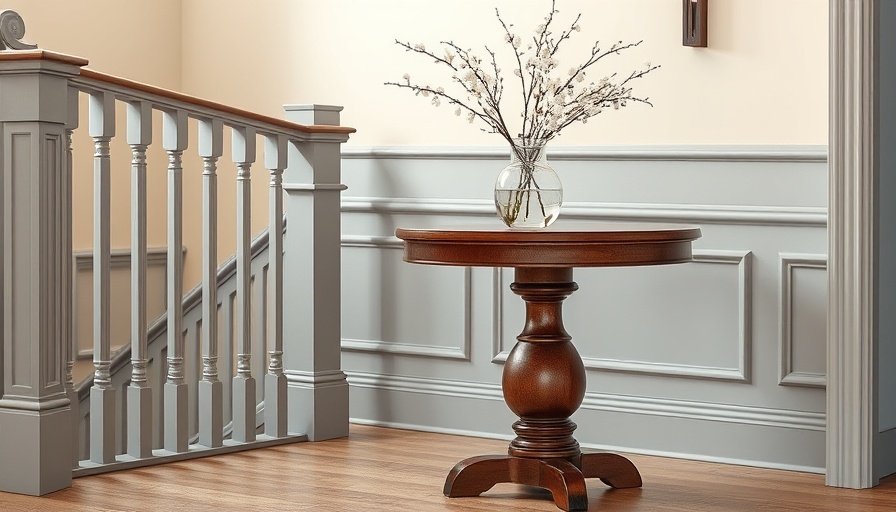
The Timeless Appeal of Pedestal Tables
Pedestal tables have stood the test of time, evolving over centuries to remain one of the most versatile furniture pieces available today. Originating hundreds of years ago, these tables were typically characterized by their chunky wooden bases reminiscent of a 1940s kitchen table. However, as tastes have shifted, so too has the design of these tables, culminating in iconic pieces like the 1958 tulip table by Saarinen, which represents a modern twist on this traditional staple.
Designing with Pedestal Tables: A Personal Journey
In my recent experience designing my friend’s home, I found myself leaning heavily into pedestal tables. In total, I incorporated three into her space, each selected carefully to blend seamlessly with the overall aesthetic. The challenge was to find tables with a classic feel rather than ultra-modern designs. The key, I discovered, lay in choosing tables that maintain elegance while allowing for innovative design.
Finding Traditional Pedestal Tables
For homeowners looking to enhance their interiors with pedestal tables, it’s essential to explore options that fit both traditional and contemporary styles. Here’s a roundup of options that could complement various décor themes:
- Classic Wooden Pedestals: These offer a warm, inviting feel and work well in country-style homes.
- Marble-Topped Pedestals: Ideal for a luxe touch, pairs beautifully with both modern and classic chairs.
- Metal Bases with Wooden Tops: A chic blend that introduces texture and sophistication.
Incorporating pedestal tables into your design can open up a world of possibilities—whether you opt for a classic or contemporary style. Their ability to function as both a statement piece and a functional element ensures they will continually evolve with the changing tastes of interior design.
 Add Row
Add Row  Add Element
Add Element 


 Add Row
Add Row  Add
Add 

Write A Comment